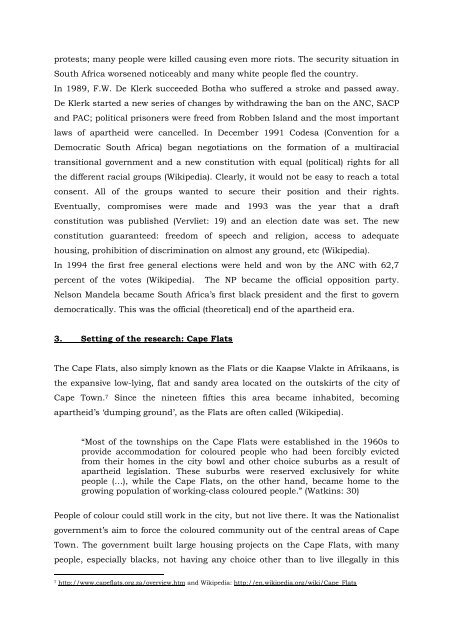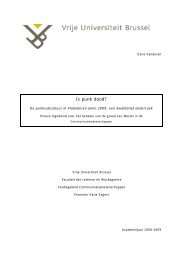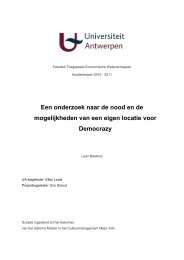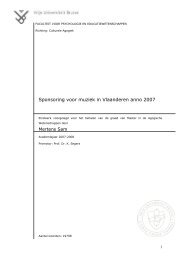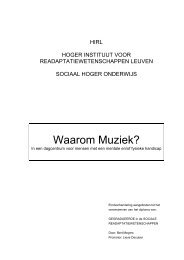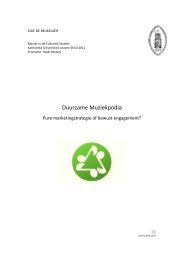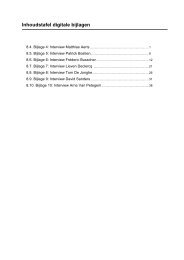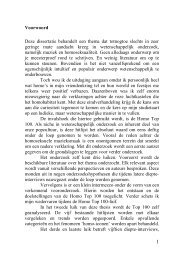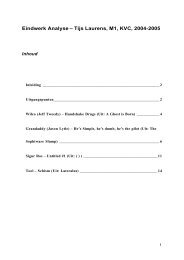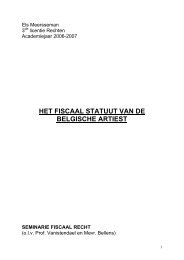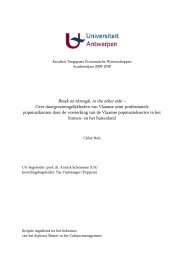Hip hop identity in a township reality. - Poppunt
Hip hop identity in a township reality. - Poppunt
Hip hop identity in a township reality. - Poppunt
Create successful ePaper yourself
Turn your PDF publications into a flip-book with our unique Google optimized e-Paper software.
protests; many people were killed caus<strong>in</strong>g even more riots. The security situation <strong>in</strong><br />
South Africa worsened noticeably and many white people fled the country.<br />
In 1989, F.W. De Klerk succeeded Botha who suffered a stroke and passed away.<br />
De Klerk started a new series of changes by withdraw<strong>in</strong>g the ban on the ANC, SACP<br />
and PAC; political prisoners were freed from Robben Island and the most important<br />
laws of apartheid were cancelled. In December 1991 Codesa (Convention for a<br />
Democratic South Africa) began negotiations on the formation of a multiracial<br />
transitional government and a new constitution with equal (political) rights for all<br />
the different racial groups (Wikipedia). Clearly, it would not be easy to reach a total<br />
consent. All of the groups wanted to secure their position and their rights.<br />
Eventually, compromises were made and 1993 was the year that a draft<br />
constitution was published (Vervliet: 19) and an election date was set. The new<br />
constitution guaranteed: freedom of speech and religion, access to adequate<br />
hous<strong>in</strong>g, prohibition of discrim<strong>in</strong>ation on almost any ground, etc (Wikipedia).<br />
In 1994 the first free general elections were held and won by the ANC with 62,7<br />
percent of the votes (Wikipedia). The NP became the official opposition party.<br />
Nelson Mandela became South Africa’s first black president and the first to govern<br />
democratically. This was the official (theoretical) end of the apartheid era.<br />
3. Sett<strong>in</strong>g of the research: Cape Flats<br />
The Cape Flats, also simply known as the Flats or die Kaapse Vlakte <strong>in</strong> Afrikaans, is<br />
the expansive low-ly<strong>in</strong>g, flat and sandy area located on the outskirts of the city of<br />
Cape Town. 7 S<strong>in</strong>ce the n<strong>in</strong>eteen fifties this area became <strong>in</strong>habited, becom<strong>in</strong>g<br />
apartheid’s ‘dump<strong>in</strong>g ground’, as the Flats are often called (Wikipedia).<br />
“Most of the <strong>township</strong>s on the Cape Flats were established <strong>in</strong> the 1960s to<br />
provide accommodation for coloured people who had been forcibly evicted<br />
from their homes <strong>in</strong> the city bowl and other choice suburbs as a result of<br />
apartheid legislation. These suburbs were reserved exclusively for white<br />
people (…), while the Cape Flats, on the other hand, became home to the<br />
grow<strong>in</strong>g population of work<strong>in</strong>g-class coloured people.” (Watk<strong>in</strong>s: 30)<br />
People of colour could still work <strong>in</strong> the city, but not live there. It was the Nationalist<br />
government’s aim to force the coloured community out of the central areas of Cape<br />
Town. The government built large hous<strong>in</strong>g projects on the Cape Flats, with many<br />
people, especially blacks, not hav<strong>in</strong>g any choice other than to live illegally <strong>in</strong> this<br />
7<br />
http://www.capeflats.org.za/overview.htm and Wikipedia: http://en.wikipedia.org/wiki/Cape_Flats


